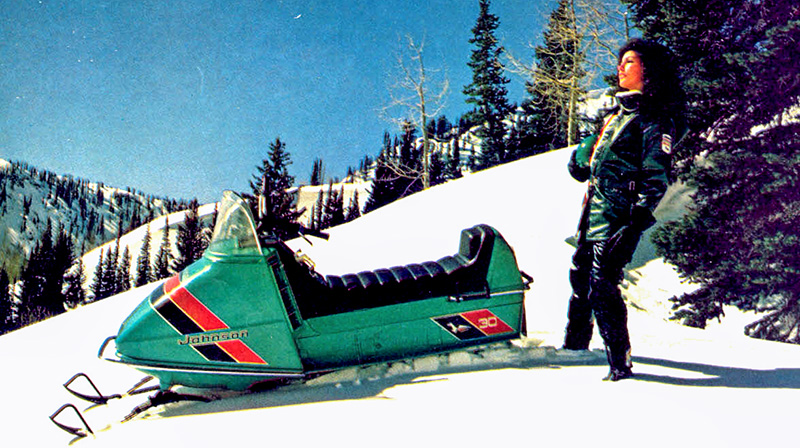
Outboard Marine Corporation (OMC) acquired Johnson Motors in 1935, and three decades later OMC became the first large, well-established corporation to enter the fast-growing snowmobile business. The company’s new model year 1965 Johnson sleds carried the “Skee-Horse” name – an adaptation of its popular Sea-Horse brand of outboard motors that dated back to 1929.
The corporation actually marketed the exact same snowmobiles in different color schemes under multiple brand names, with Evinrude joining Johnson in the U.S., while all sleds sold in Canada carried the OMC Snow Cruiser name.
In the 1960s, OMC was a leader in snowmobile development with engineering advances like the first use of reed valve induction (the company called them “leaf valves”) and early adoption of keyed ignition switches as an anti-theft measure.
With excellent brand name recognition, wide distribution and reputation for quality, OMC was among the top-10 sled manufacturers at the start of the 1970s. Its products were an interesting amalgam of increasingly obsolete features combined with ideas that paved the way for the future of snowmobiling. An examination of the top-of-the-line 1972 Johnson model 202RS Skee-Horse 30 illustrates this well.
Skee-Horse Innovation and Stagnancy In One
The 1971 Skee-Horse 30 had dropped the stodgy styling of earlier Skee-Horse models for a much sleeker modern profile that made many competitors, as well as Johnson’s less expensive models, look like warty old toads by comparison.
For 1972 the Skee-Horse 30 was updated by elimination of the leg-breaker tunnel stirrups, use of a new CD ignition and the landmark introduction of the industry’s first very high ratio (50:1) oil mix on its proprietary 437cc OMC twin-cylinder engine. Visually, the seat and ski color changed from bright orange to more functional black.
In addition to the reed valves in the engine, this impressive machine was loaded with features that were unknown on most competitive models of the day, but would become pretty much standard equipment on snowmobiles of the future; the list starts with the immense convenience of reverse gear. Back in the 1960s, Snow Goer magazine’s founder, Joyce “Snow Goer Suzie” Scholwin, commented, “I always liked the Johnson with reverse. It was great for women and kids, but they never made it a selling point.”
And there was much more. For instance, the 1972 Skee-Horse 30 had an electric gas gauge when some competitive sleds still used a graduated stick, or had no gas gauge at all. Unlike most competitive sleds, the big Johnson also had a fully enclosed engine compartment for noise reduction and rider safety, plus a handlebar pad and a parking brake. Electric start was standard on the model 202RS, although the Skee-Horse 30 could also be purchased in a less expensive but otherwise identical manual start version.
Unfortunately, the underpinnings of this machine were firmly stuck in the past. The steel chassis was heavy and subject to rust, so this construction was beginning to disappear from the industry. Bogie wheel suspension was already obsolete, and the lack of ski shocks – even as an option – was also another ride quality negative.
The machine also used a polyurethane track that performed poorly on ice and would go the way of the Dodo bird sooner than later. In favor of lighter and narrower tracks that worked as well or better on the blossoming North American trail system, the snowmobiling public would also gradually spurn its 20-inch track width.
Still, Snow Goer test riders liked the overall product, saying, “For a big machine, it’s surprisingly easy to handle,” after the spring new model tests in Utah. “It maneuvers well, steers well, turns easy and is stable. What more can you ask for? The Skee-Horse is a family Cadillac,” the review surmised.
Change In The Winter Wind
The snowmobile market was changing fast in the early 1970s. One of the biggest changes for OMC was a marketing move to build on its more established brand names, while also reducing expenses. For 1972, the Snow Cruiser brand was discontinued north of the border, and both Johnson and Evinrude sleds were sold in Canada for the first time.
But OMC was ignoring the sport’s ongoing metamorphosis away from big family sleds like the Skee-Horse 30, and toward better performing personal sleds as well as the accelerating trends toward the lighter weight aluminum chassis and better riding slide rail suspensions. OMC concentrated its research and development efforts on reducing noise emissions and perfecting Wankel engines for snowmobiling, neither of which ultimately provided any market advantage for the company. The new sports models – the Johnson JX and Evinrude Skimmer – were too little and too late; its market share slipped badly, and the company abandoned snowmobiling a couple of years after the industry sales collapse following the 1973 oil embargo.
The Johnson and Evinrude snowmobile brands stuck around until model year 1976. The OMC corportation lasted until 2000, and its outboard engine division was purchased by BRP.
Despite building the Skee-Horse 30, which foreshadowed the future of snowmobiling engineering in many ways, OMC stubbornly clung to too many obsolete ideas, and the decisions inevitably pulled them right out of the snowmobile business.
Editor’s Note: Every Snow Goer issue includes in-depth sled reports and comparisons, aftermarket gear and accessories reviews, riding destination articles, do-it-yourself repair information, snowmobile technology and more. Subscribe to Snow Goer now to receive print and/or digital issues.

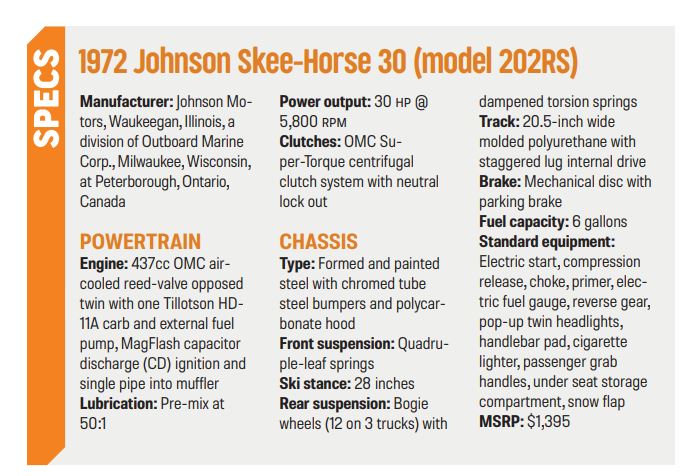
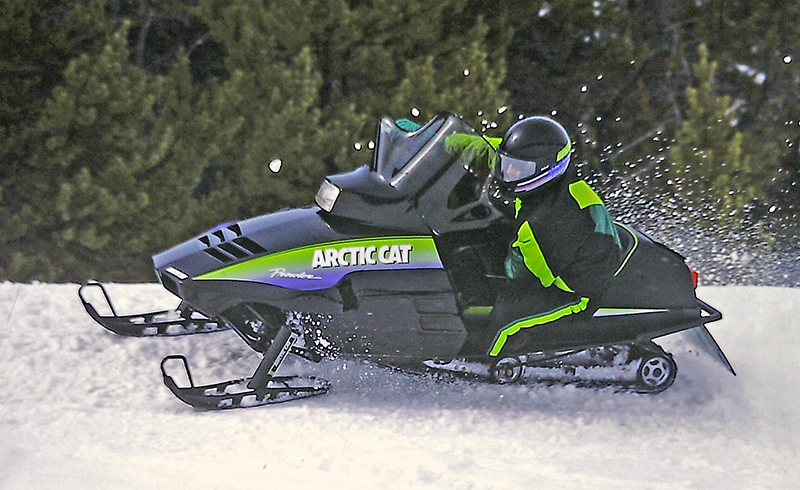
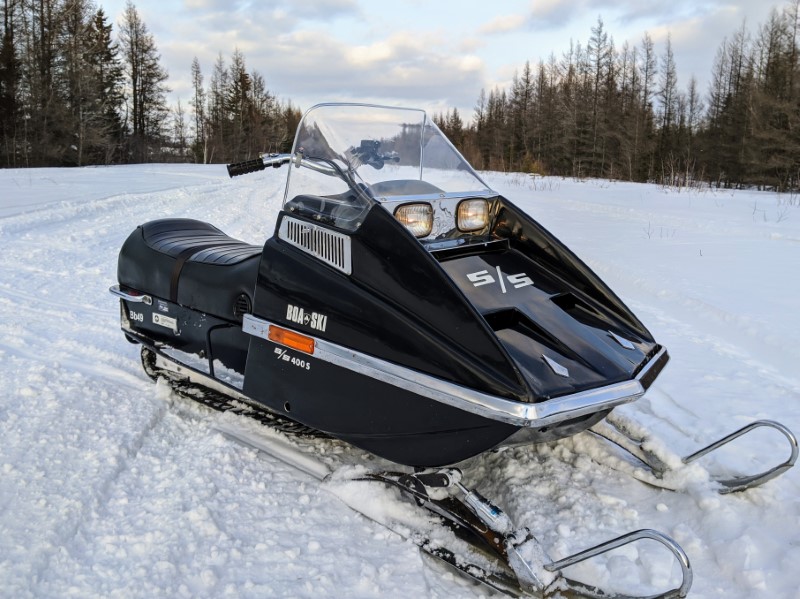
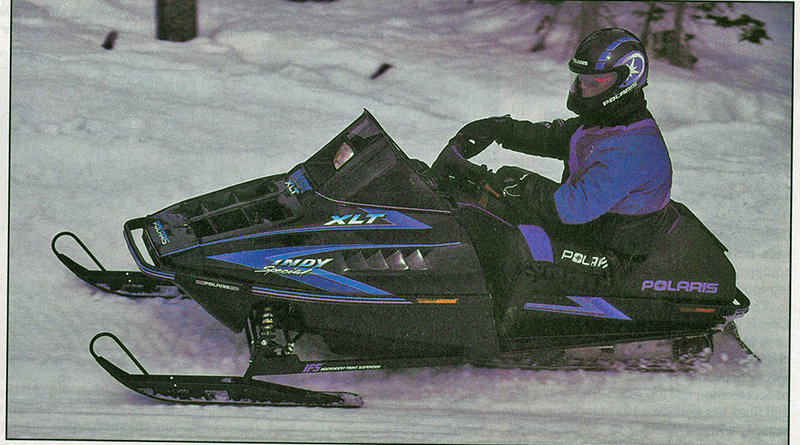
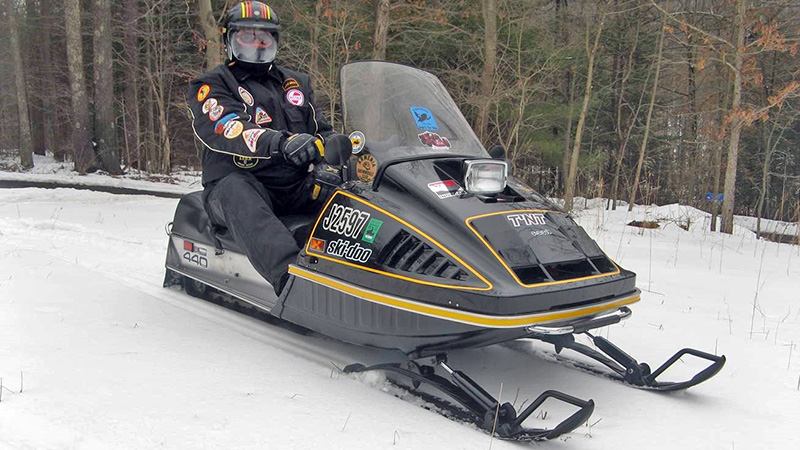
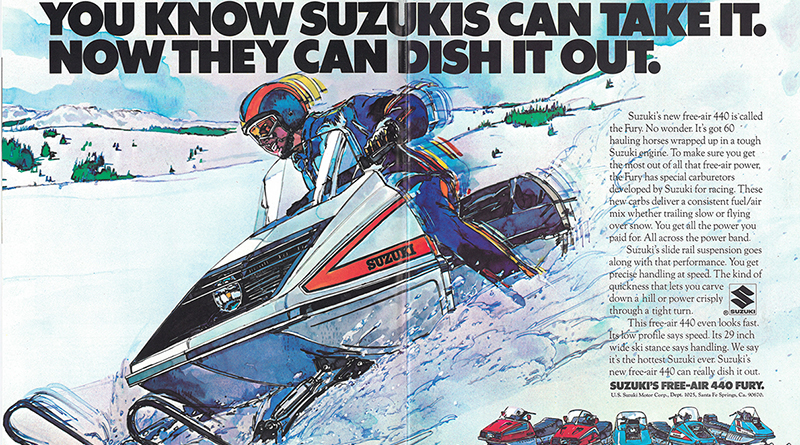

Correct me if I’m wrong but the later Sno-Jets (1976?) we’re the vanguard of tech; sporting an aluminum tunnel, all-rubber track, sleek hood, modern rear slider equipped suspension and many other features that gear alder the era of the “modern” snowmobile. They too were owned by a marine company (Conroy) and used bullet-proof Yamaha engines. It’s no wonder Kawasaki bought them from Conroy to jump start their own entry into the snowmobile market. At least that’s how I remember it.
I still own and ride a 1974 Johnson Golden Ghost 30. Same sled as the Evinrude and the one in this article. It’s a great sled that never fouls plugs and starts easy.
I bought a used 1971 ski horse in 1979, it was my first sled, it had a omc opposed cylinder 440 flywheel fan cooled motor (very mechanically noisy), belt driven starter generator and a large battery behind the seat, a gear box reverse, a neutral lock out knob, a primer knob, a cigarette lighter, a electric fuel gauge, a lever that raised a large head light out of the hood,a flip up gas cap door in the hood, a door in the dash so you could get to the rear spark plug, a 20″ wide track, a wide orange seat that flipped up and had a large storage area under it. it was big and heavy
sold it in the mid 80s, it was different but fun